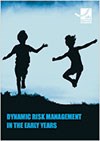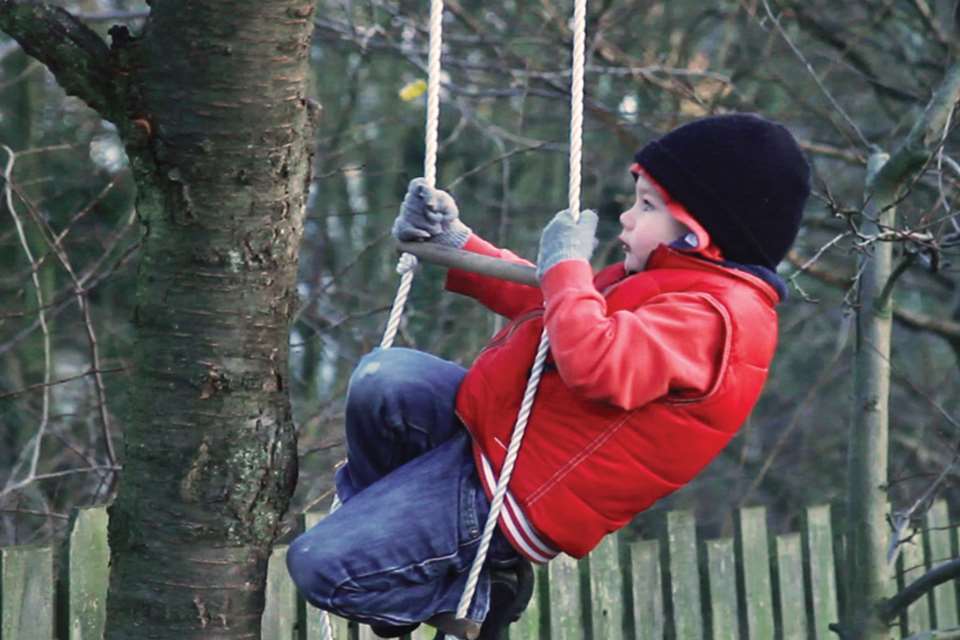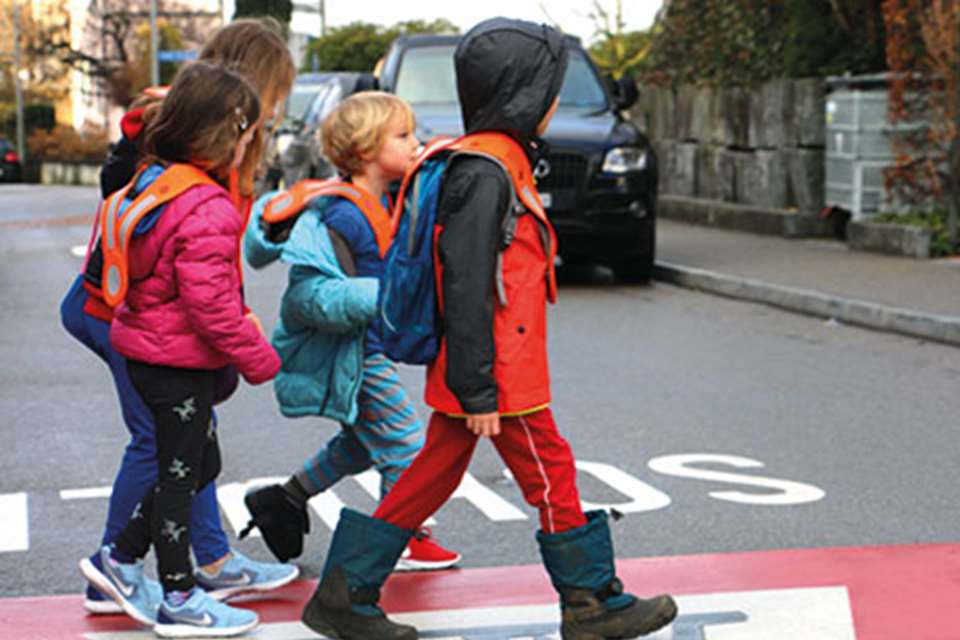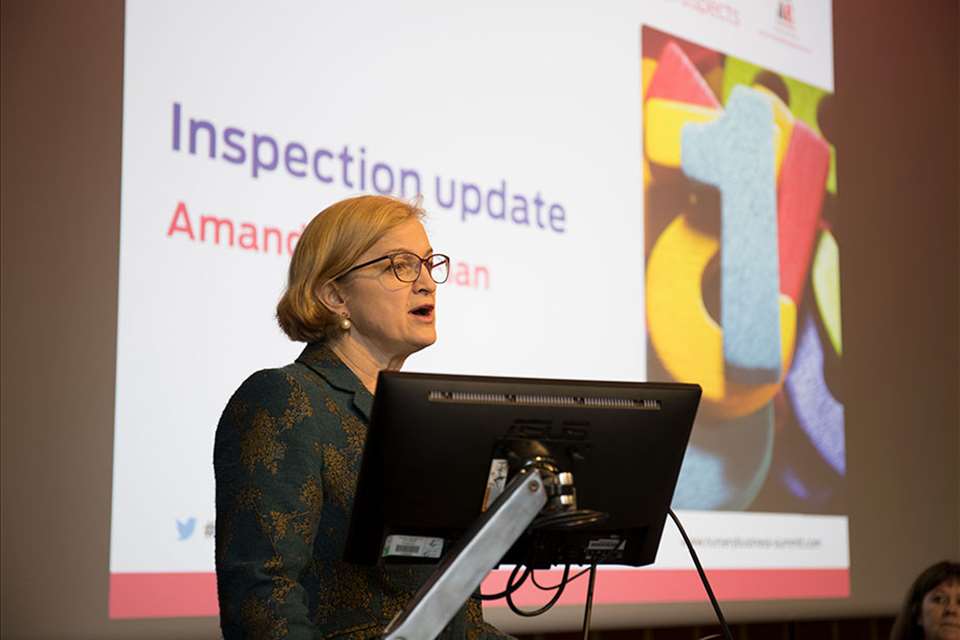Enabling Environments: Risk - Be safe
Monday, January 22, 2018
A new guide to keeping children safe has been published by the Pre-school Learning Alliance

Download the PDF of Risk - Be Safe
Early years practitioners have a duty to keep children safe in early years settings and to minimise risk of harm in all situations. However, children instinctively want to be able to take risks so that they can test their abilities and strengths, and this is a crucial part of their learning and development.
In many ways, the early years setting is the ideal environment for children to test themselves. Practitioners will already have considered hazards that young children do not readily identify as dangerous, and will provide well-managed opportunities for appropriate ‘risk taking’, for example, climbing to the top of a frame.
The risk of falling off play equipment is quite high, and the consequences potentially serious. However, the risk may be minimised by ensuring that there is adequate supervision, correct positioning of the equipment, crash mats, no overcrowding and some ‘rules’ set by adults in accordance with individual children’s level of understanding. Children benefit from being able to expand their skills, as they climb higher, reach further or balance for longer. They will also experience the consequence of taking risks beyond their current ability.
Children with special educational needs and disabilities may not always have the range of choice of their non-disabled peers, yet have the same need for opportunities to take risks. It is the responsibility of early years practitioners to assess and manage the level of risk in the environment so that all children in their care have the opportunity to experiment and extend their abilities without the risk of undue harm.
OUTINGS AND VISITS
Children’s learning and development undoubtedly benefits from planned excursions, especially in relation to the learning areas of physical development and understanding the world. Outings should have a stated educational purpose with specific learning and development outcomes. Risk assessments must be carried out for every trip, with additional safeguards put in place as the adults in charge will have less control over the environment than they do within the familiar surroundings of the setting.
RISK ASSESSMENT
The EYFS says that, ‘Providers must assess the risks or hazards which may arise for the children, and must identify the steps to be taken to remove, minimise and manage those risks and hazards. The assessment must include consideration of adult to child ratios.’EYFS ratio requirements must always be met. On trips, they may need to be exceeded due to the nature of the trip or the environment. Ratios must continue to be met for children remaining at the setting.
The EYFS states that risk assessments for trips do not necessarily have to be recorded in writing, but it is generally good practice to do so, as is designating a lead practitioner for each excursion. This person takes responsibility for ensuring that the policies and procedures relating to outings are followed, including ensuring that:
permission slips are collected
- all staff accompanying children on outings contribute to and sign the risk assessment (or the review if the assessment is already in place)
- a record of the outing is completed in writing before and after the trip taking place.
The specific risk assessment for a trip as a whole should be made available for parents to view. Individual children with allergies or additional needs may need a specific risk assessment to be completed. These should be shared with the parents of the children and all staff on the trips, but should otherwise remain confidential.
A template policy and procedure for the supervision of children on outings is included in Essential Policies & Procedures for the EYFS (Pre-school Learning Alliance 2017). The Daily Register and Outings Record (Pre-school Learning Alliance 2016) contains both a template form for recording key information about the trip and to receive parental consent.
Dynamic risk assessment is carried out at the time of the event in response to unexpected events which may require action.
For example:
What happens if a child feels sick.
What the group does if they see someone up ahead shouting and swearing at passers-by.
What steps are taken if a parent with an order restraining them from approaching their child is seen walking towards the group.
These situations may not be foreseeable so an on-the-spot evaluation is required with action to be taken promptly. This may be the responsibility of the designated lead, but could fall to any practitioner.
The elements of good dynamic risk management are:
High-quality predictive actions so that practitioners can respond with confidence to changing situations.
Training to ensure practitioners can identify the risk and know how to keep themselves and children safe.
A positive safety culture to empower practitioners to say no, when appropriate, and to ensure they apply controls consistently and behave safely.
An effective feedback system so that the organisation can learn from experience and further develop risk control strategies.
RISK MANAGEMENT
 Dynamic Risk Management in the Early Years is a comprehensive new guide from the Pre-School Learning Alliance, providing clear explanations of the dangers and benefits associated with risk in the early years as well as practical advice on how to ensure a safe and secure environment for everyone within a setting. Topics covered include: risk assessment, hazard analysis and fire safety procedures.
Dynamic Risk Management in the Early Years is a comprehensive new guide from the Pre-School Learning Alliance, providing clear explanations of the dangers and benefits associated with risk in the early years as well as practical advice on how to ensure a safe and secure environment for everyone within a setting. Topics covered include: risk assessment, hazard analysis and fire safety procedures.
To order a copy (£13.65 for Alliance members and £19.50 for non-members), visit: www.pre-school.org.uk/shop; tel: 0300 330 0996 or email: shop@pre-school.org.uk
This is an edited extract from Dynamic Risk Management in the Early Years







